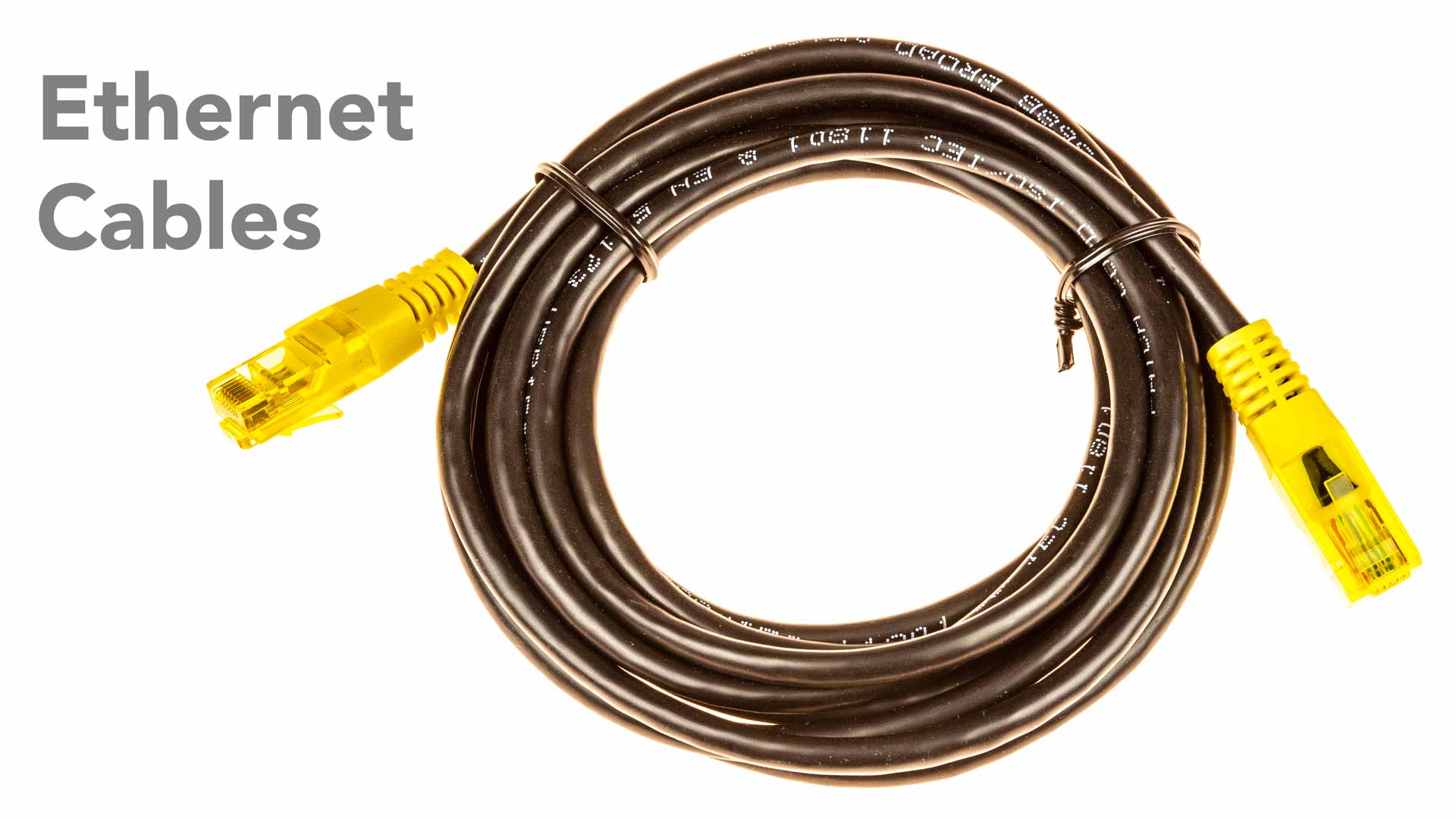
Ethernet cable usually exclusively refers to a copper or aluminium cable. Only network cables that used in Ethernet environments (LAN, MAN, WAN) are called Ethernet cable.


Range InvolvedĮthernet cable is a branch of network cable.Ethernet Cable vs Network Cable: What’s the Difference? Ethernet crossover, twisted pair, coaxial and fiber optic are four of the most frequently used network cables. There are a variety of network cables in the market, and different network cables are required for different network conditions. It is used to connect and transmit data between a network and computers. Network cable is a wide concept of all types of cables used in various network. They are of great concern while setting up wired networks, for both bad cabling and low-quality cable leading to low network performance.įigure 1: This photo shows the installation of Ethernet cable in the network center. In actual application, cables that installed in Ethernet to connect with devices like switches, routers and PCs and used as a common network medium for data transmission and power supply (Power over Ethernet, PoE) are called Ethernet cables. What Is Ethernet Cable?Įthernet cable is a concept of cabling network wire that specified to be used in LAN (local area network), MAN (metropolitan area network) and WAN (wide area network). We can easily get confused by these terms and questions like Ethernet cable vs network cable: What’s the difference? Whoever you are as long as you are network users, you need the basic knowledge to figure one from the other. If you decide to buy Ethernet cables, welcome to order at FS.COM that provides comprehensive products of Ethernet cables.With the ever-increasing popularization of network applications in our daily life, people frequently hear words like “Ethernet cable” and “network cable”. Because these places have high requirements for transmission speed. But for places like data centres, of course, the faster the better. People should note that upgrade cables will not make a difference in how fast you load websites, because the Internet speed depends on many factors but not just the Ethernet cable speed. So Cat6a, Cat7 and Cat8 have better performance.Īctually, for home connections, a Cat5e or Cat6 cable with 1Gbps Ethernet cable speed is fast enough. Its Cat6a, Cat7 and Cat8 use screen shield and aluminum foil shielding for reducing crosstalk, while Cat5e and Cat6 don’t. Take the cables from FS.COM as an example. Thus, Cat8 supports the highest transmission speed.Īs for the physical differences, Ethernet cables use different construction and isolation to eliminate interference and allow for faster speeds. This is not a coincidence, because each category brings more rigorous testing to eliminate crosstalk and add isolation between the wires. As the category number increases, so does the Ethernet cable speed and bandwidth. The typical technical differences are clear to see.


 0 kommentar(er)
0 kommentar(er)
